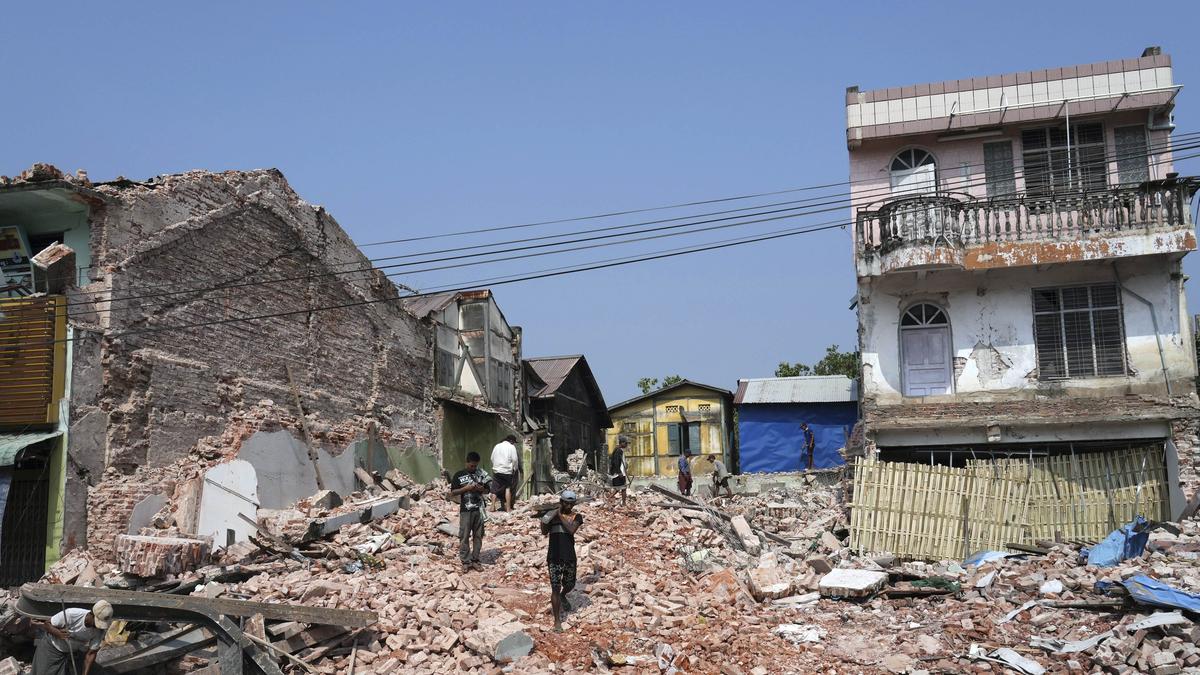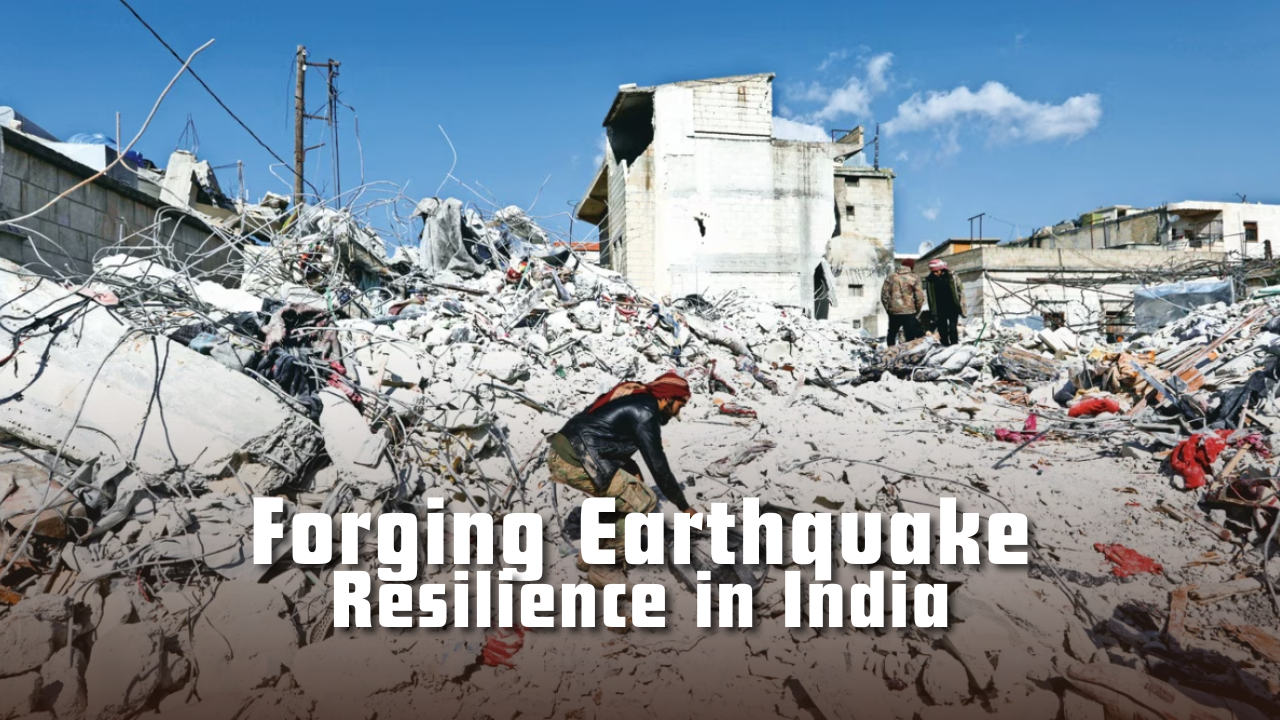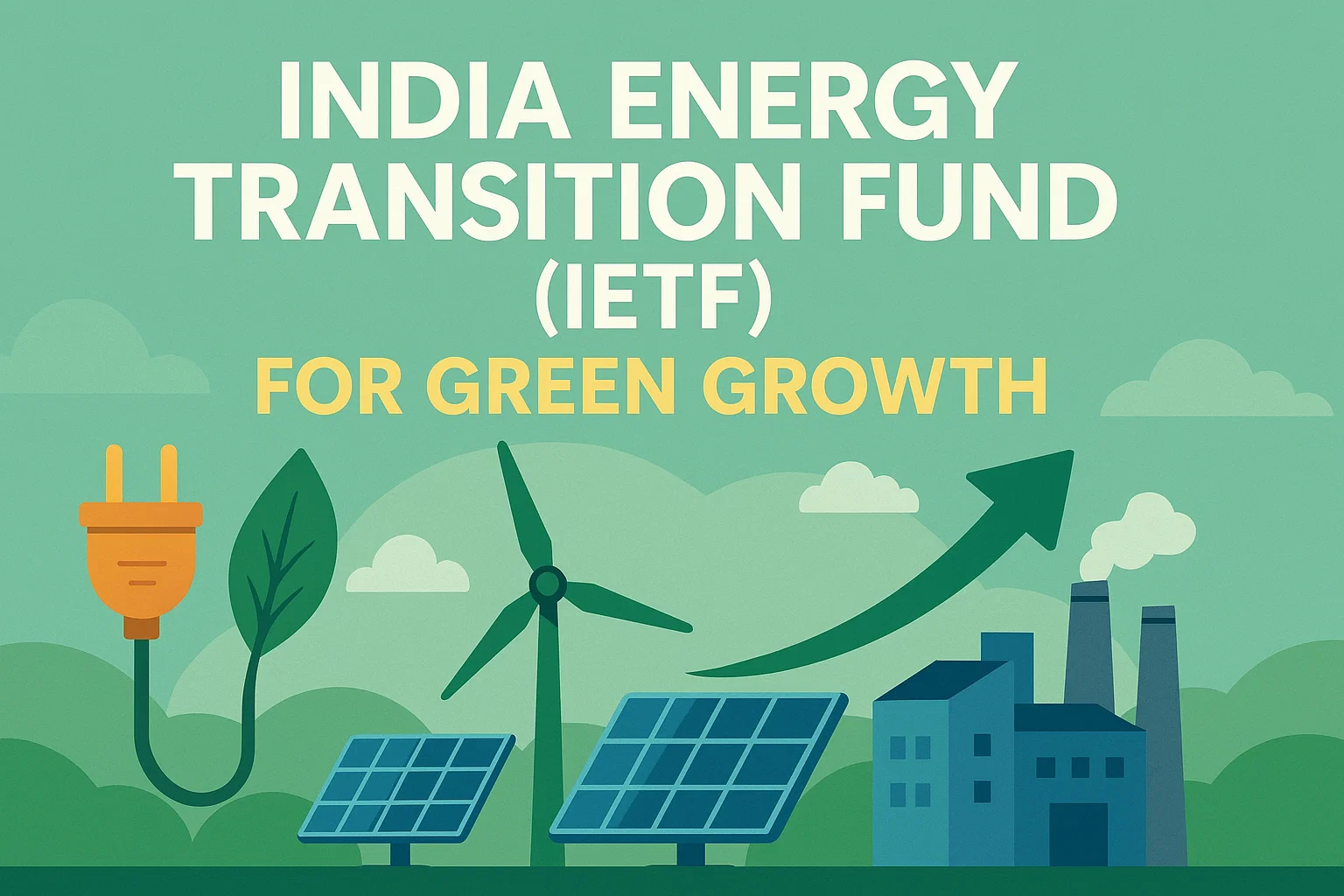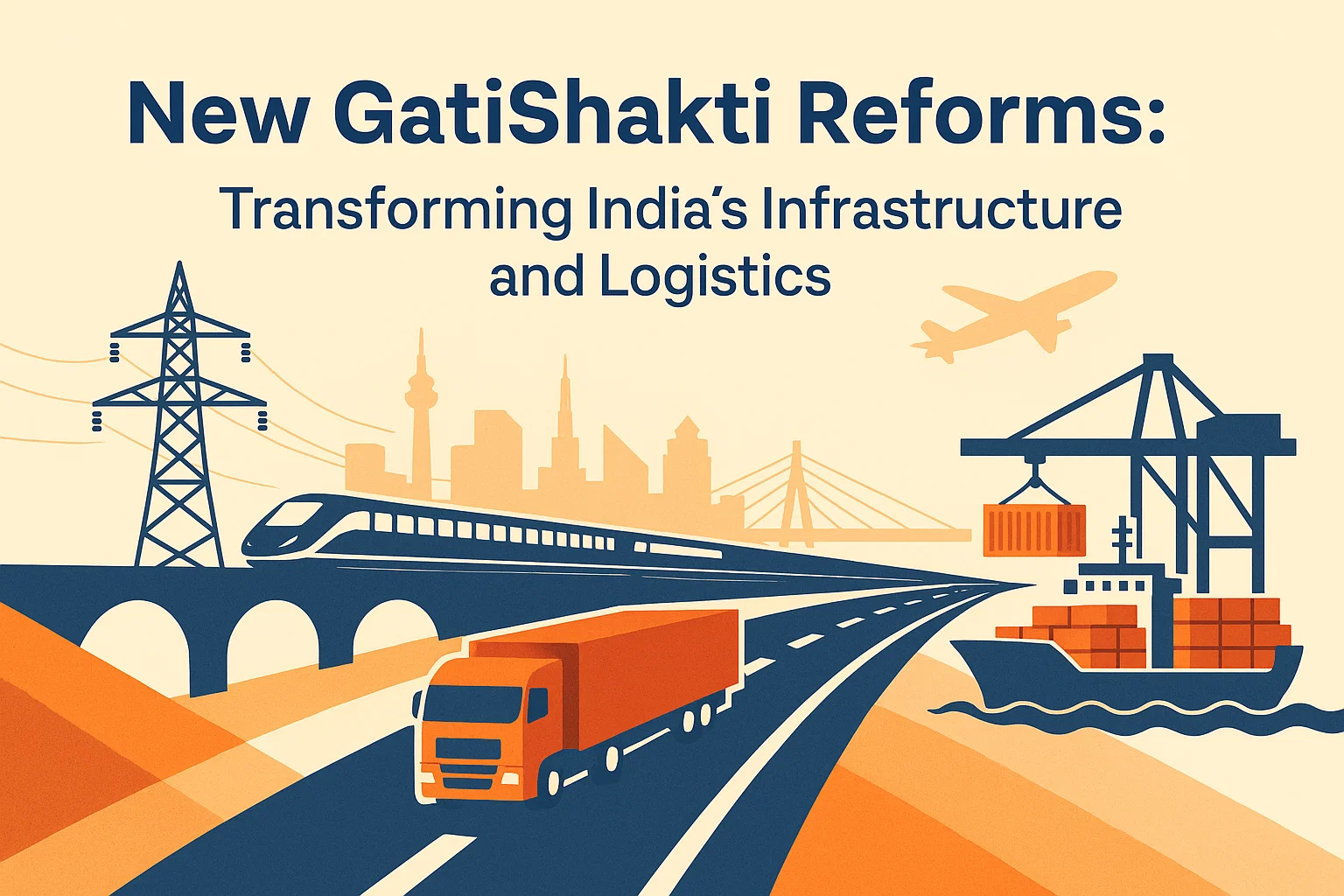Forging Earthquake Resilience in India
Delhi’s tremor exposed seismic risks. Learn why India must act now to build earthquake resilience through policy, retrofits, and awareness.

Introduction: India’s Earthquake Vulnerability
India’s vulnerability to earthquakes has taken centre stage, following the tremors felt in Delhi on 10 July 2025—a magnitude 4.4 quake with its epicentre just 20 km southwest of the city at a shallow depth of 5 km. Although no major damage occurred, the event starkly revealed a pressing weakness: over 80 % of buildings pre‑2000 fail to comply with seismic codes. This alarming statistic, cited by Govindasamy, underscores the urgent need for robust measures to safeguard India’s metropolitan populations. The author calls for a sweeping transformation—a tectonic shift in how we think about seismic resilience—by honouring strong building codes, pursuing targeted retrofitting, expanding early-warning systems, and raising public awareness. This essay explores Govindasamy’s reasoning, evidence, and proposals, explaining why his message is both vital and feasible.
Unsafe Urban Infrastructure
At the heart of Balasubramanian Govindasamy’s article “A Tectonic Shift in Thinking to Build Seismic Resilience” (The Hindu, 17 July 2025) lies a troubling revelation: modern India’s cities, particularly Delhi, remain dangerously under-prepared for seismic events. When the magnitude 4.4 tremor struck, “over 80 % of buildings pre‑2000 fail to comply with seismic codes.” This single statistic exposes a grave fault line in urban planning and enforcement. Many older buildings were constructed before the Bureau of Indian Standards formalised seismic requirements in IS 1893:2016. Despite the existence of these codes, compliance remains low, especially among structures built before the new standards. The incident, although not disastrous, served as a stark warning: if a tremor of this scale caused concern, the consequences of a truly powerful quake could be devastating.
A Restless Tectonic Setting
Understanding the issue requires recognising the broader geographical and geological circumstances. India is perched on a highly active tectonic fault line: the Indian Plate moves northward at 4–5 cm annually, colliding forcefully with the Eurasian Plate. Govindasamy stresses this point: “India’s seismic risk is rooted in the northward drift of the Indian Plate, colliding with the Eurasian Plate at 4 cm to 5 cm a year.” This relentless geological push forms the Himalayas but also builds dangerous stress in the Earth’s crust. Northern India, along with Nepal and Bhutan, is long overdue for a “Great Himalayan Earthquake”—potentially reaching magnitude 8 or higher—with catastrophic potential. Delhi lies within Seismic Zone IV (peak ground acceleration of 0.24g), while areas like the northeast and the Andaman & Nicobar Islands occupy the even more perilous Zone V (0.36g+). Recent seismic events—even distant ones like the May 2025 earthquake in Greece—signal ongoing tectonic stress. Against this backdrop, old infrastructure is at high risk and must be urgently addressed.
A Mindset Revolution
Govindasamy’s central thesis is unambiguous: India needs a complete shift in approach—from passivity to proactive preparedness. He powerfully states, “India must undergo a tectonic shift in mindset—from passive vulnerability to active seismic resilience.” This line frames the essay’s core argument. It is not enough to simply update regulations or respond reactively after disasters strike. Instead, a profound cultural and institutional realignment is necessary—one that embeds earthquake preparedness into every level of policy, planning, and public understanding. Such a transformation demands new attitudes, strict rule-following, and widespread cooperation among government, engineers, communities, and citizens.
Action Now Reduces Future Harm
From his thesis, Govindasamy puts forward a compelling hypothesis: decisive action taken today will significantly reduce casualties and damage in future earthquakes. Specifically, he proposes that “if India implements systematic retrofitting … and strict municipal enforcement … then it can substantially reduce casualties and damage from future large earthquakes.” In other words, his argument is not only morally right, but also practically smart. He advocates for tough regulations, targeted retrofitting using methods like steel jacketing and shear wall installation, wise foundation design in liquefaction-prone regions, and engineered solutions such as base-isolation for hospitals and schools. These measures, he argues, form a coherent strategy to save lives and prevent widespread destruction when a major quake inevitably strikes.
Solutions Must Be Context-Specific
Govindasamy is careful to point out that seismic solutions should not be carbon copies; they must be tailored to local physical conditions and socio-economic realities. His caution is clear: “Uniform solutions won’t work across diverse geographies—tailored interventions are needed.” For instance, Delhi faces risks from high-rise density and poor soil. In contrast, Guwahati’s threat comes from liquefaction on the Brahmaputra floodplain, and Andaman islands require tsunami preparedness due to subduction zone risk. Even within the same seismic zone, soil types and construction practices vary significantly. The author stresses that rules without enforcement are futile—Bangkok’s experience with enforced codes contrasts sharply with Myanmar’s neglect, which worsened casualties in a recent earthquake. Thus, while no panacea exists, meaningful progress is possible if approaches are adapted wisely to each region’s realities and monitored rigorously.
A Multi-Pronged Strategy
Govindasamy’s final section offers a comprehensive roadmap. His recommendations fall into four key pillars:
-
Policy & Governance
He urges urgent enforcement of the IS 1893:2016 standards nationwide and accelerated audits of critical infrastructures. He stresses the role of municipal bodies such as the Delhi Development Authority in instituting swift inspections and retrofitting programmes.
-
Technical and Structural Measures
He advocates for engineering retrofits—steel jacketing of columns, shear-wall integration, and deep pile foundations in areas prone to liquefaction. He also recommends base isolation for essential buildings like hospitals, schools, and emergency shelters to preserve functionality during and after quakes.
-
Monitoring and Early Warning
Govindasamy supports expanding the IndiaQuake app and enhancing real-time monitoring networks, especially in rural and high-risk zones. Early detection can save lives by offering precious seconds of warning before tremors strike.
-
Public Preparedness
He calls for nationwide awareness campaigns, encouraging citizens to assemble emergency kits, participate in drills, and know evacuation routes. He concludes that a “national dialogue” is vital to foster collective responsibility and ensure seismic resilience becomes part of civic culture.
Conclusion
Govindasamy’s message is both urgent and hopeful: Earthquakes are inevitable in seismic India, but disaster is not. By reorienting our mindset, ensuring code compliance, investing in infrastructure, embracing early-warning systems, and nurturing public awareness, we can build safer cities and communities. His use of technical details—such as soil conditions, seismic acceleration rates, and structural engineering methods—lends authority to his case. His moral appeal reminds us that preventing unnecessary suffering is our duty. India must have a bold but achievable vision: a nation that moves from fearful waiting to confident action, from vulnerability to resilience. Only such a transformation can ensure that the next great quake does not become India’s greatest tragedy.
Subscribe to our Youtube Channel for more Valuable Content – TheStudyias
Download the App to Subscribe to our Courses – Thestudyias
The Source’s Authority and Ownership of the Article is Claimed By THE STUDY IAS BY MANIKANT SINGH





